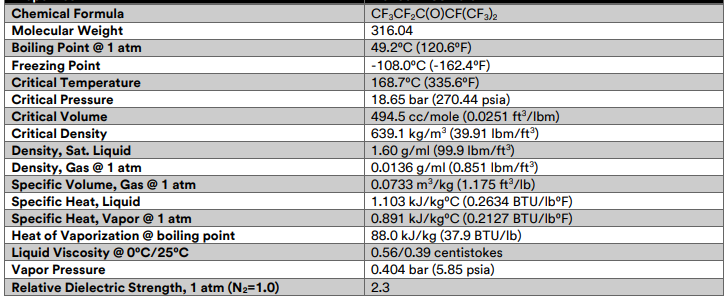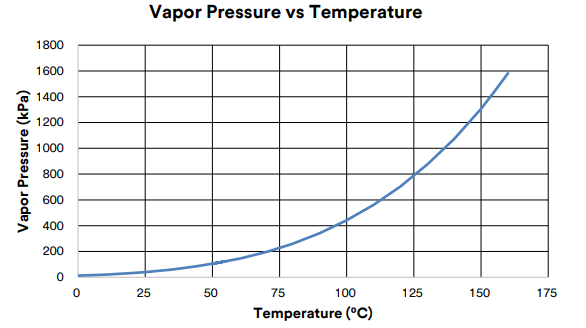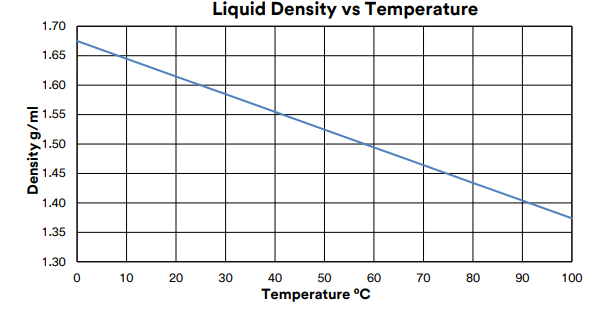Product | ODP | GWP | Atmospheric residual time(Year) | SNAP |
FK-5-1-12 | 0.0 | 1 | 0.014 | Yes |
Halon 1211 | 4.0 | 1300 | 11 | No |
Halon 1301 | 12.0 | 6900 | 65 | No |
FC-5-1-14 | 0.0 | 9000 | 3200 | Yes |
HFC-227e | 0.0 | 3800 | 36.5 | Yes |
HFC-236fa | 0.0 | 9400 | 226.0 | Yes |
HFC-1301 | 0.0001 | <1 | 0.005 | Yes |
HCFC Blend B | 0.014 | 120 | 1.4 | Yes |
Introduction
FK-5-1-12 Fire Protection Fluid is a next-generation halon alternative offering outstanding performance, a large margin of safety, and an excellent environmental profile.
• Zero ozone depletion potential
• 5-day atmospheric lifetime
• Global warming potential <1
• Large margin of safety for occupied spaces
Physical Properties
FK-5-1-1 is applied as a gas, but is liquid at room temperature. It is electrically non-conducting in both the liquid and gaseous state. The breakdown voltage of FK-5-1-1 vapor under saturated conditions at 1 atm, 21⁰C over a 2.7 mm electrode gap is 15.6kV, nearly 2.3 times that of dry nitrogen. The breakdown voltage of liquid FK-5-1-1 under the same conditions is 48 kV. The properties of FK-5-1-1 are similar to many of the first-generation halon alternatives with one primary exception – this compound is a liquid at ambient conditions. The boiling point of FK-5-1-1 is 49.2⁰C, meaning this product has a much lower vapor pressure than other clean agents, which are gases at ambient conditions.FK-5-1-1 has a very low heat of vaporization, approximately 25 times less than that of water. This, along with a vapor pressure 12 times higher than water causes FK-5-1-1 to evaporate more than 50 times faster than water. This allows the agent to transition from a liquid to a gaseous state very rapidly. When discharged through a nozzle from a properly designed system, FK-5-1-1 will rapidly vaporize and evenly distribute throughout the protected space.

Properties Description
Not for specification purposes. All values @ 25⁰C(77⁰F) unless otherwise specified


Physical Properties (continued) Although FK-5-1-1 is a liquid at room temperature, its vapor pressure is sufficient for the agent to readily achieve vapor extinguishing concentrations in air. At 25⁰C, one could form vapor concentrations with FK-5-1-1up to 39 percent volume prior to reaching saturation. Typical fire suppression design concentrations for most applications are in the range of 4.5 to 6 percent by volume of the protected space. That large differential between design and saturation concentrations dictates that condensation of vapor will not occur.